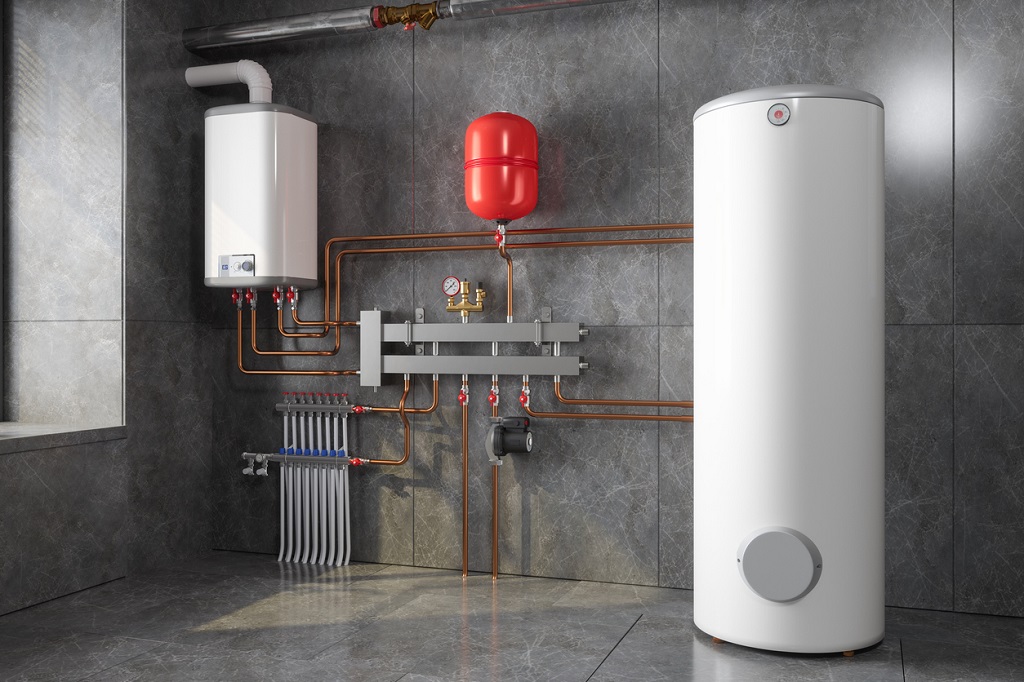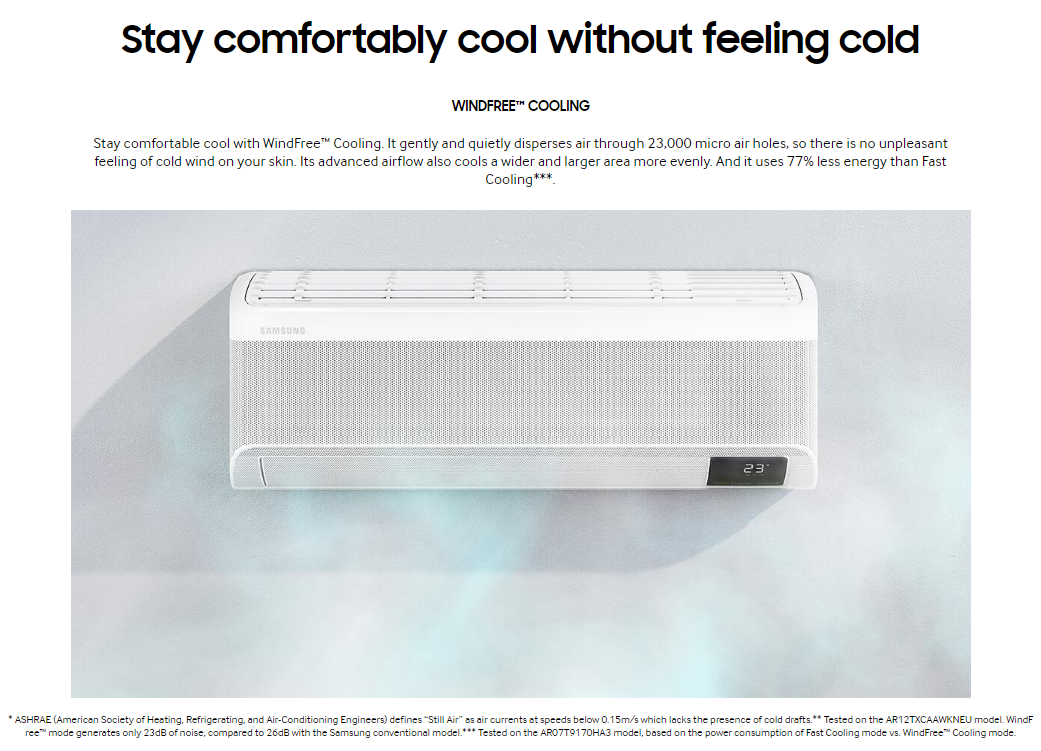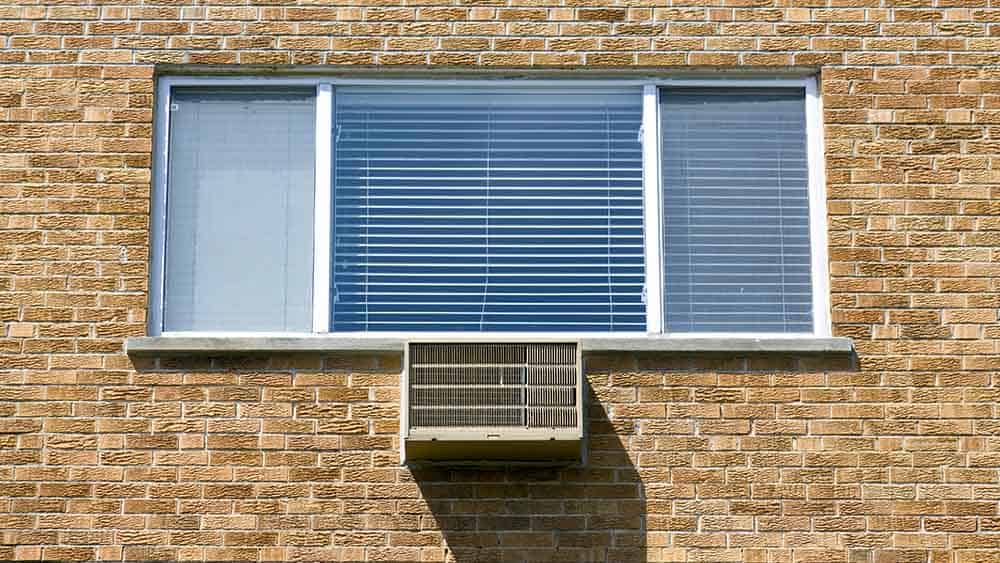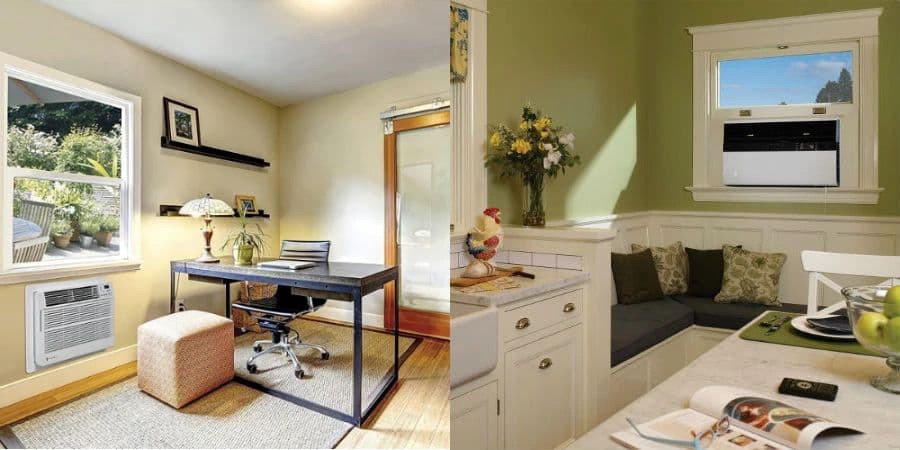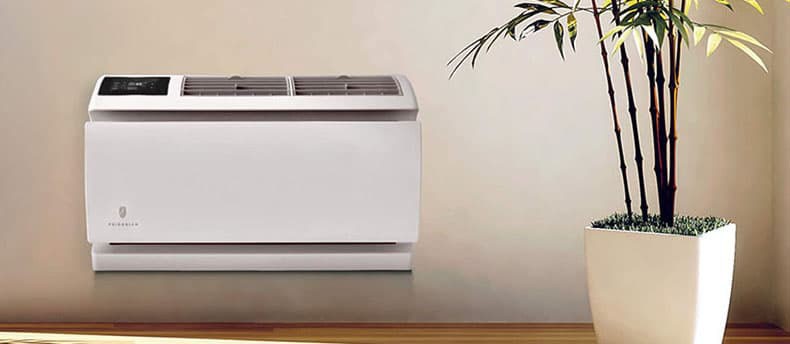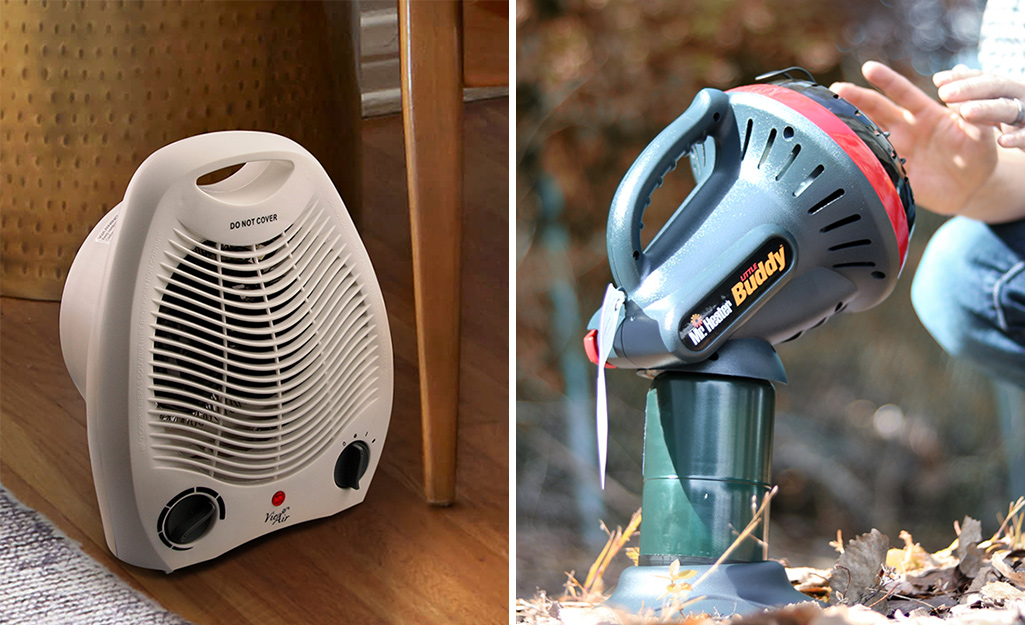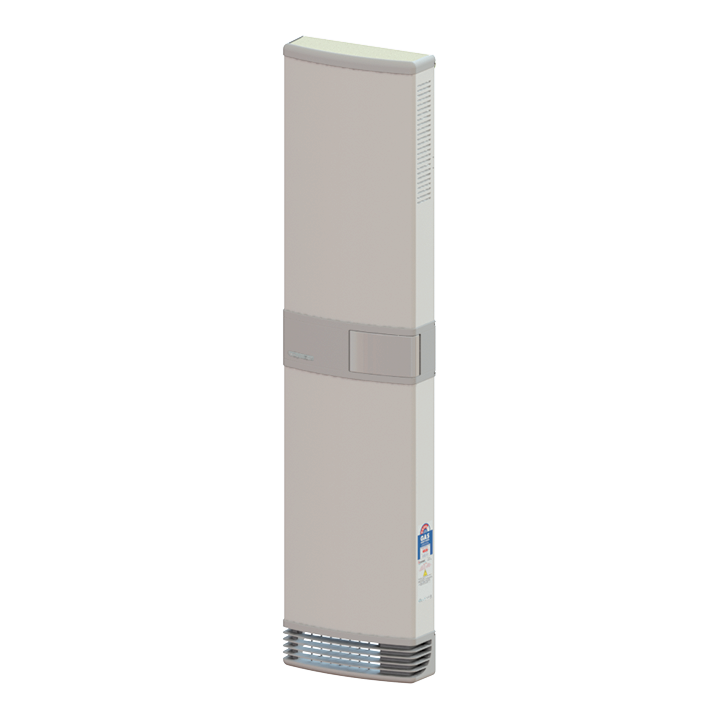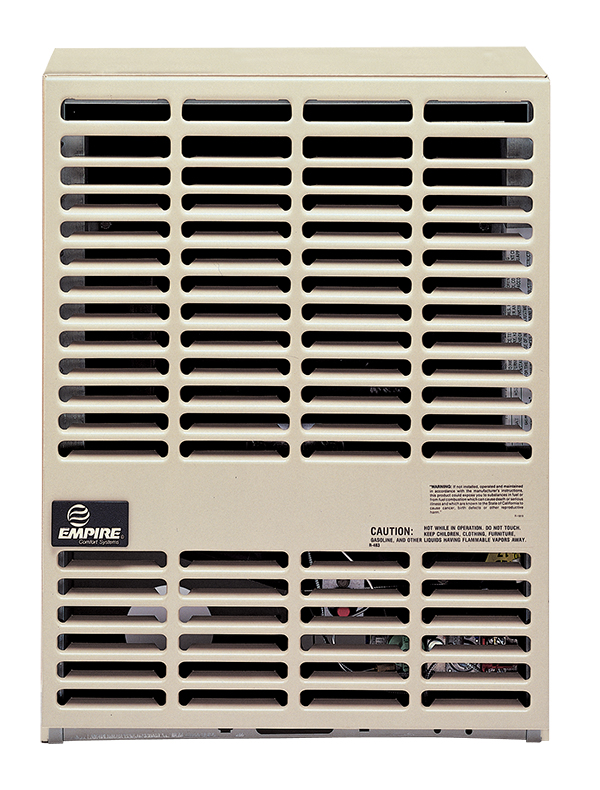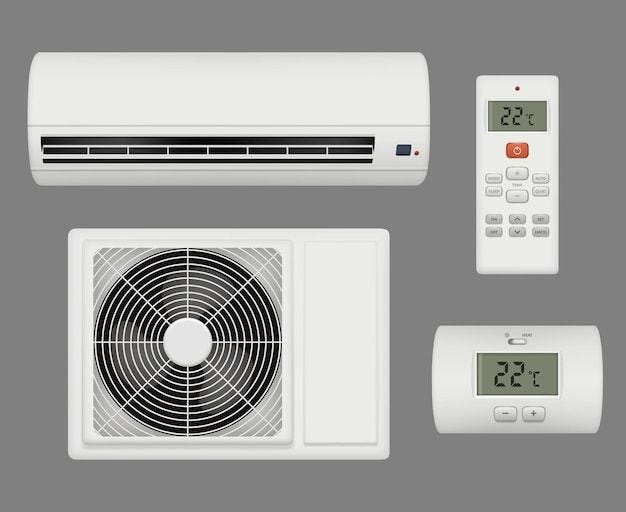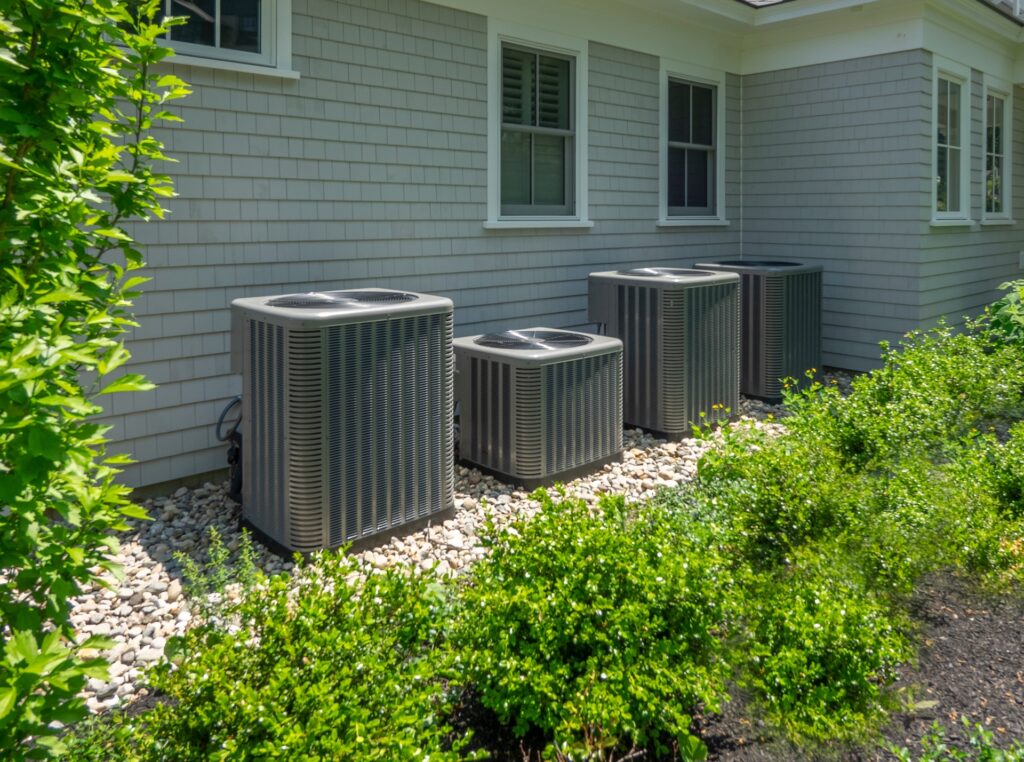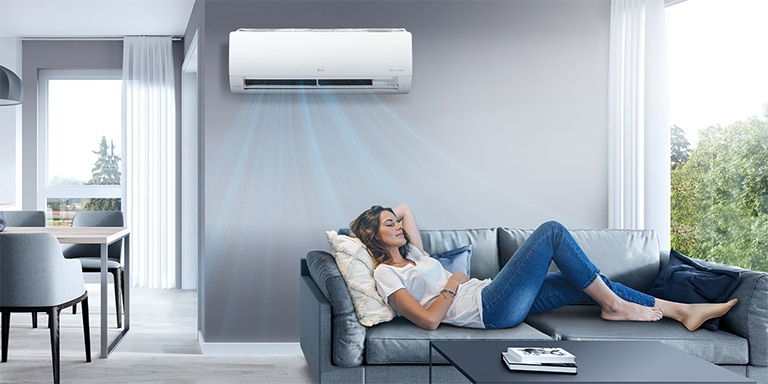
The Importance of a Reliable Heating and Air System
Imagine a sweltering summer day or a bitterly cold winter night. Now, imagine your home, perfectly comfortable, regardless of the weather outside. This is the power of a well-maintained heating and air system. It's not just about temperature; it's about creating a healthy, comfortable, and efficient living space.
A functional HVAC (Heating, Ventilation, and Air Conditioning) system is essential for maintaining indoor air quality. It filters out dust, allergens, and pollutants, ensuring the air you breathe is clean and fresh. In regions with extreme temperatures, a reliable system is crucial for safety and well-being.
Understanding Heating Systems
Heating systems come in various forms, each with its own benefits. From traditional furnaces to modern heat pumps, understanding your options is key to making an informed decision.
- Furnaces: These are the most common heating systems, using natural gas, propane, or electricity to heat air and distribute it through ducts.
- Heat Pumps: These systems transfer heat rather than generating it, making them highly efficient. They can also reverse the process to provide cooling in the summer.
- Boilers: Boilers heat water, which is then circulated through radiators or baseboard heaters to warm a room.
- Ductless Mini-Splits: These systems offer zoned heating and cooling, allowing you to control the temperature in individual rooms.
When choosing a heating system, consider factors such as energy efficiency, fuel type, and the size of your home. A properly sized and installed system can significantly reduce your energy bills and improve your comfort.
Cooling Down with Air Conditioning
Air conditioning is more than just a luxury; it's a necessity in many climates. A well-functioning AC system not only keeps you cool but also helps to dehumidify the air, preventing mold growth and improving indoor air quality.
- Central Air Conditioning: This system uses a network of ducts to distribute cool air throughout your home.
- Window Air Conditioners: These are individual units that cool a single room, offering a cost-effective solution for smaller spaces.
- Ductless Mini-Splits: As mentioned earlier, these systems can also provide efficient cooling.
Regular maintenance is crucial for keeping your AC system running efficiently. This includes cleaning or replacing air filters, checking refrigerant levels, and ensuring proper airflow.
The Importance of Regular HVAC Maintenance
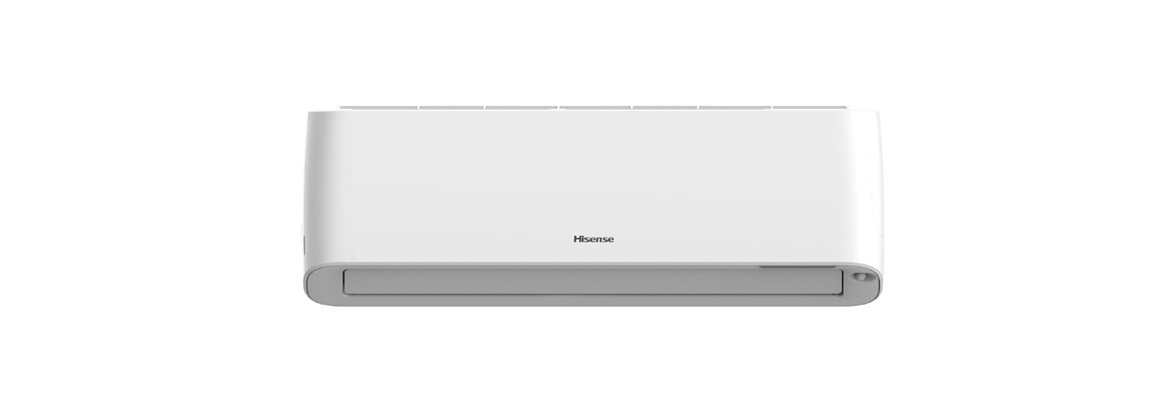
Just like your car, your heating and air system needs regular maintenance to function optimally. Neglecting maintenance can lead to reduced efficiency, increased energy bills, and costly repairs.
- Improved Efficiency: Regular maintenance ensures your system runs at peak performance, saving you money on energy bills.
- Extended Lifespan: Proper care can significantly extend the lifespan of your HVAC system.
- Enhanced Air Quality: Clean filters and coils help to remove dust, allergens, and pollutants from the air.
- Preventative Repairs: Regular inspections can identify and address potential issues before they become major problems.
Consider scheduling annual maintenance checks with a qualified HVAC technician. They can inspect your system, clean components, and make any necessary adjustments to ensure optimal performance.
Choosing the Right HVAC Professional
When it comes to installing or servicing your heating and air system, choosing the right professional is essential. Look for a licensed and certified technician with experience in your specific type of system.
Ask for references, read online reviews, and get multiple quotes before making a decision. A reputable HVAC professional will provide transparent pricing, quality workmanship, and excellent customer service.
Energy Efficiency and Savings
Investing in an energy-efficient heating and air system can lead to significant savings on your energy bills. Look for systems with high SEER (Seasonal Energy Efficiency Ratio) and AFUE (Annual Fuel Utilization Efficiency) ratings.
Consider programmable thermostats, which allow you to adjust the temperature based on your schedule, further reducing energy consumption. Sealing air leaks and insulating your home can also help to improve energy efficiency.
Conclusion
A reliable heating and air system is essential for year-round comfort and well-being. By understanding your options, prioritizing maintenance, and choosing the right professional, you can ensure your home remains a comfortable and healthy environment, no matter the weather.
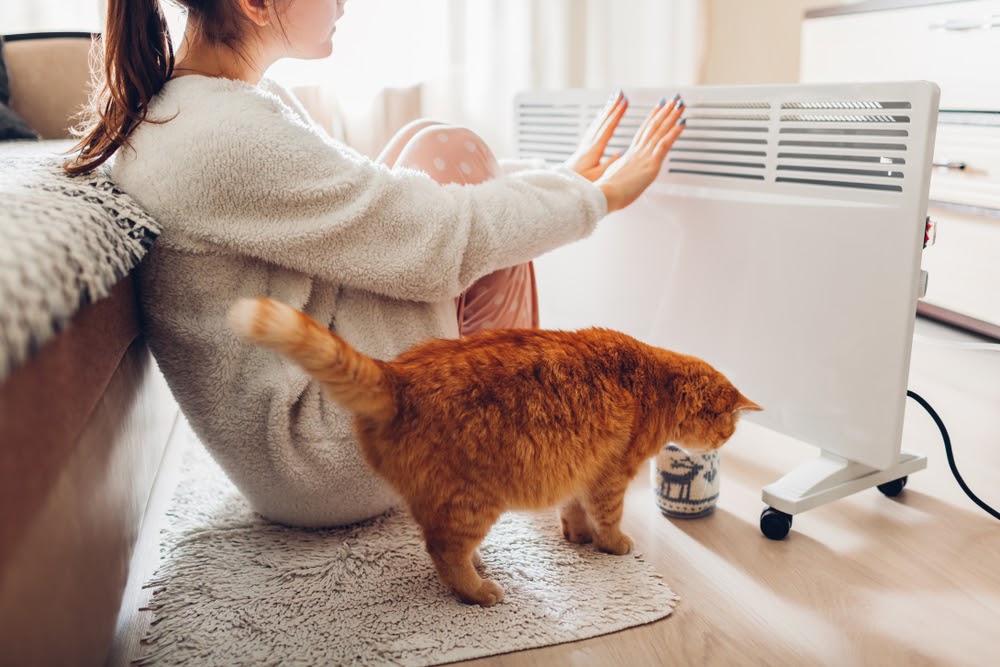


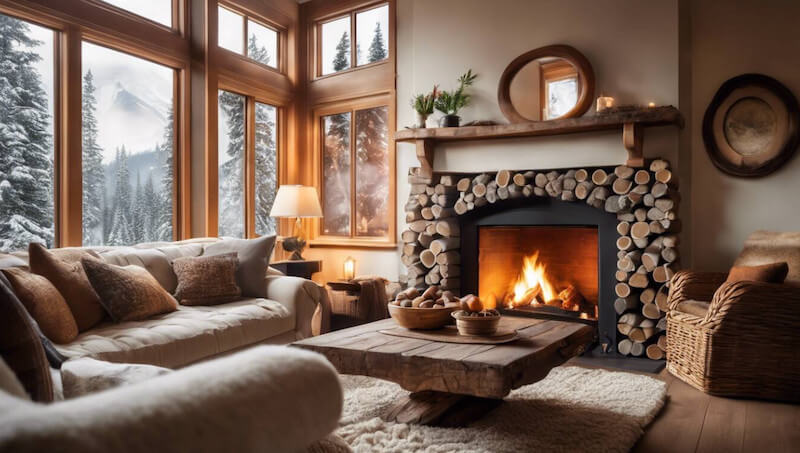

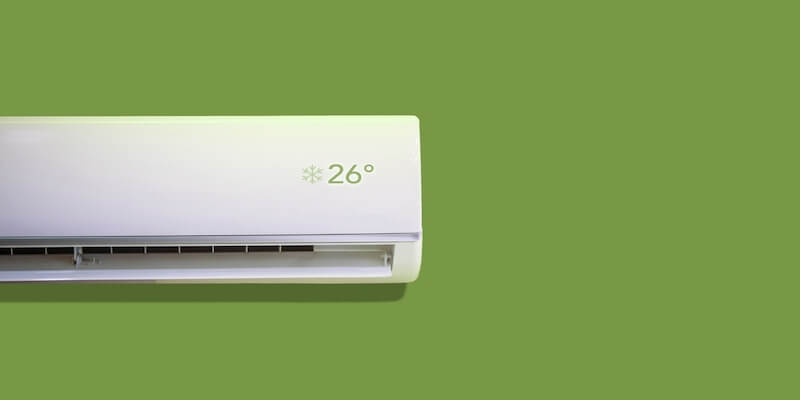


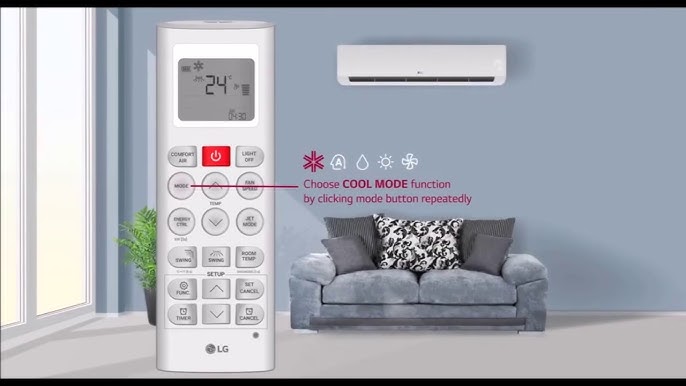
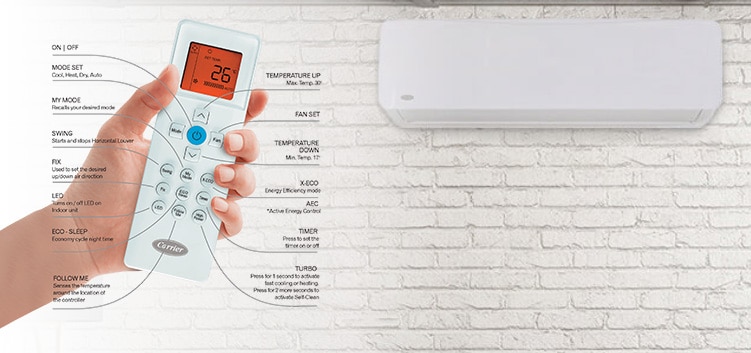
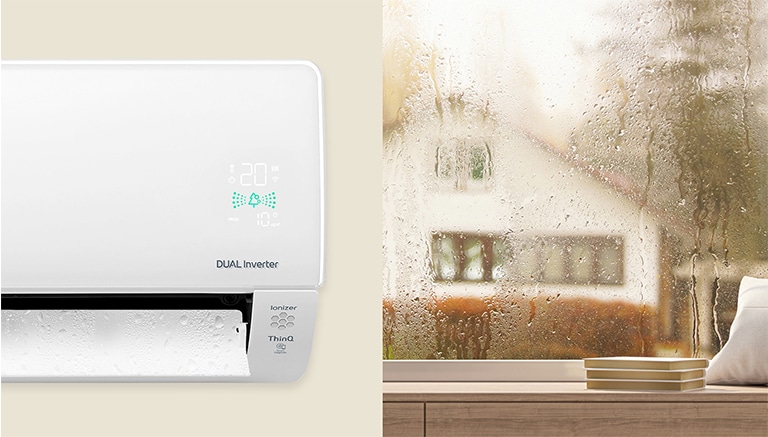
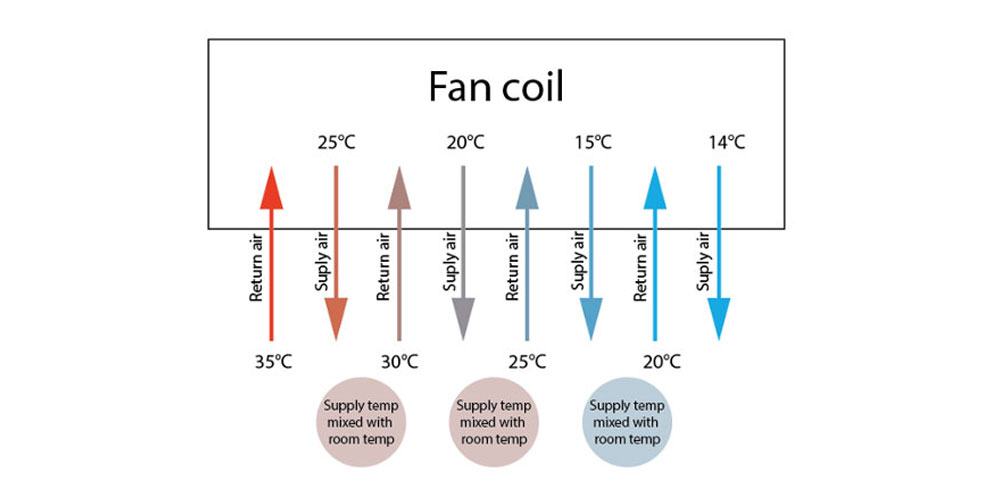



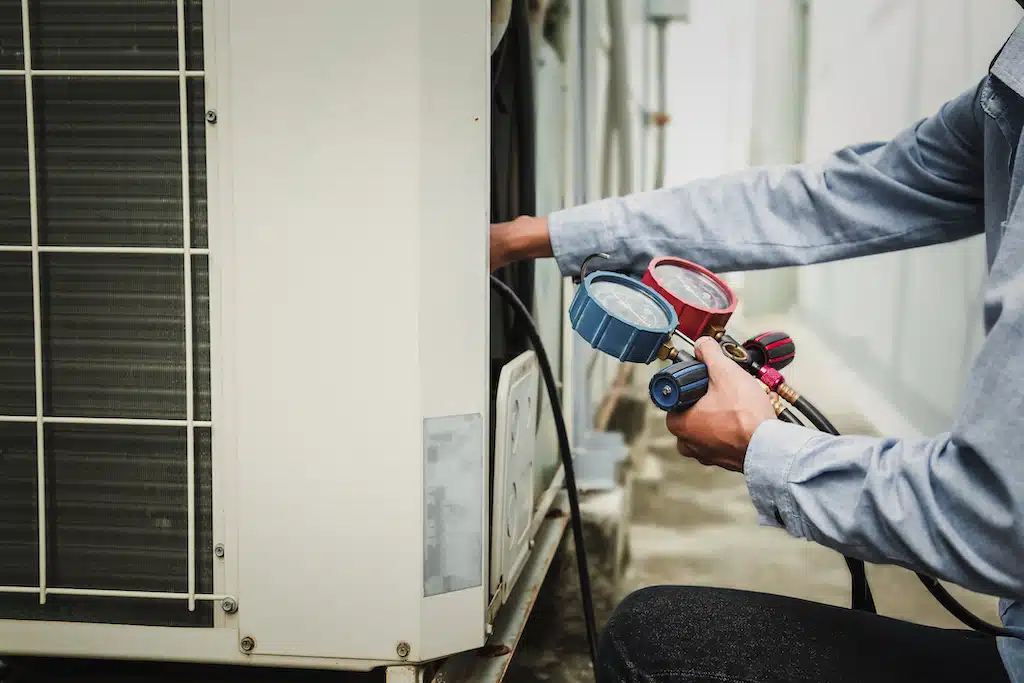
.jpg)


